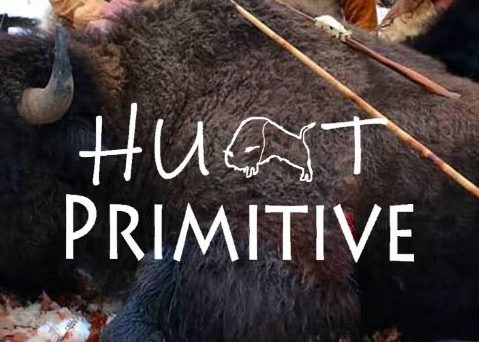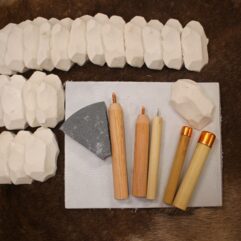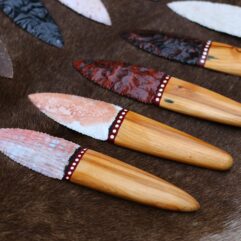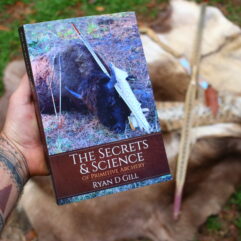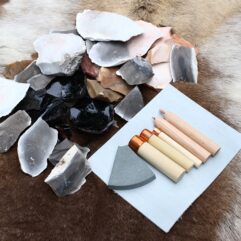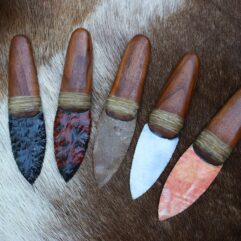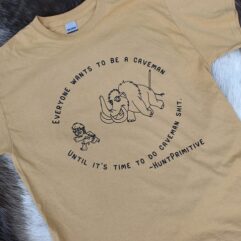Greg Hendryx, M.A.
Senior Project Manager, Archaeology Division Leader
SEARCH – SEARCH2O
8298 Bayberry Road, Suite 1, Jacksonville, Florida 32256
www.searchinc.com
Hunting Camp: Chert-bearing limestone boulders are available for quarrying in the vicinity, most notably at Locus 10, 250 m to the south, as discussed below. However, the artifact assemblage from Locus 1 is reflective of late-stage tool maintenance, and not early stage quarrying, based on the incidence of small-sized flakes that lack cortex. Moreover, this locus produced one large chopping/cutting tool, as well as edge-modified flakes. The large patinated and heat-treated flake from Block B and these tools would have served useful for hide removal and processing prey for consumption.
To better understand the prevalence of stems and the absence of distal fragments and infrequency of blades, Greg Hendryx contacted Ryan Gill (personal communication, September 6, 2019), who lives in the vicinity of Sites 8CI573 and 8CI1234, and who hunts using primitive technology. The high incidence of stems at hunting camps has become a recent interest of his, and his interpretation is as follows. The stone tools used to hunt the prey were hafted on a shaft, such as river cane, which is what Gill uses as an atlatl spear. Based on conversations that he has had with other archaeologists, who are also inquisitive about the frequency of stems at Archaic hunting camps, Gill proposes that some of the Newnans and Marions were intentionally fashioned to be wider and more “bull-nosed” than some of the earlier points during the Archaic period so that they would remain embedded within the prey. After being speared, the animals would likely have run until they died. As they ran through forested area, the potential for the spear to hit a tree and snap at the stem is very plausible, because the points were likely hafted to the top of the stem. Thus, the stem would break off with the spear. So, in addition to being able to retrieve the embedded, albeit, stemless point from the carcass, hunters would have collected the spears with embedded stems and returned to the camp, where they removed the stem for reuse of the spear.
Because Gill bases his assertion on Newnans and Marions, which are largely Florida-based points, he uses river cane spears. He heats the end and flattens it between two rocks to make its orifice fit the stem. Prehistorically, pine pitch would have been used to help seal the stem, and sinew would have likely been used to wrap the shaft during its first use, but Gill notes that by heating the spear and stem at the camp, the stem could easily be removed for insertion of a new point, at which point the stem would have been discarded at the campsite.
Archaic hunters were likely selective of the materials they used for spears. Hollowed, light-weight material, such as river cane, would have made excellent spears, because it would enable hafting the point, as discussed above, but is also hollow on the opposite end, so that it could fit around an atlatl spur. Based on the fact that points could be removed and refitted from material such as river cane without reapplying sinew, and based on the limited availability of river cane, spears were likely a highly valued part of the hunting kit.
Gill’s application of primitive technology leads to a very plausible interpretation of why predominantly Middle Archaic period sites contain a high incidence of stems at the campsites, and the principal investigator of this project endorses Gill’s hypothesis as the reason Locus 1, and some of the surrounding Archaic camps, discussed below, contain a high number of stems.
Based on theory presented in this video shown below.
